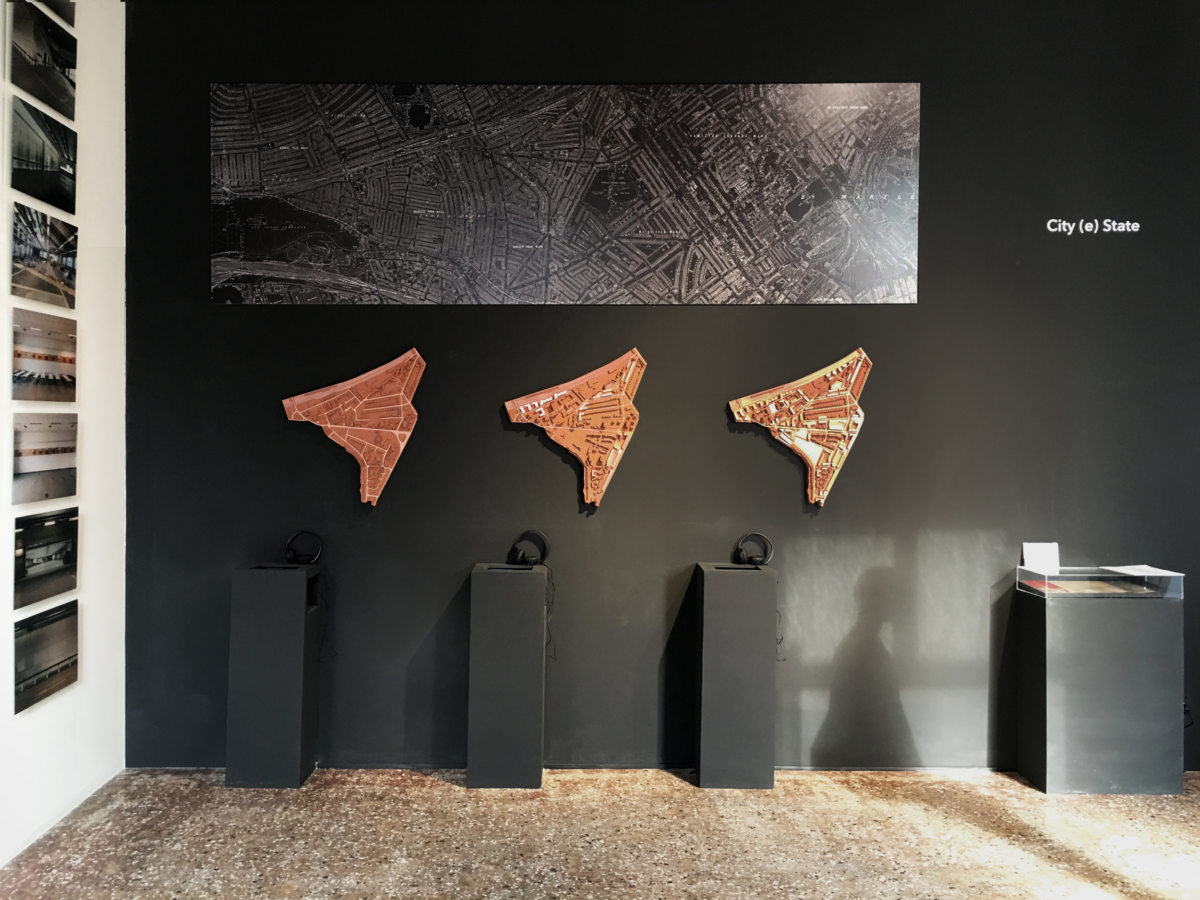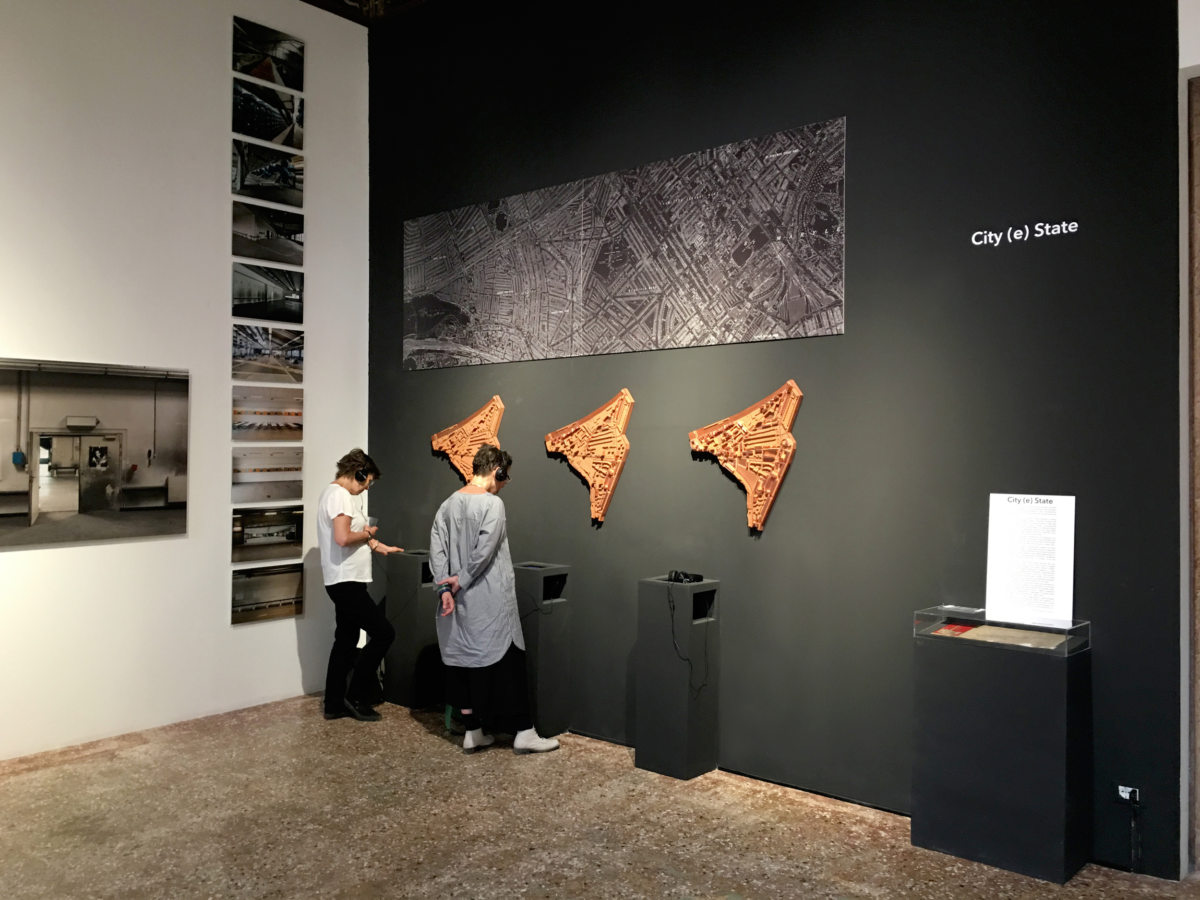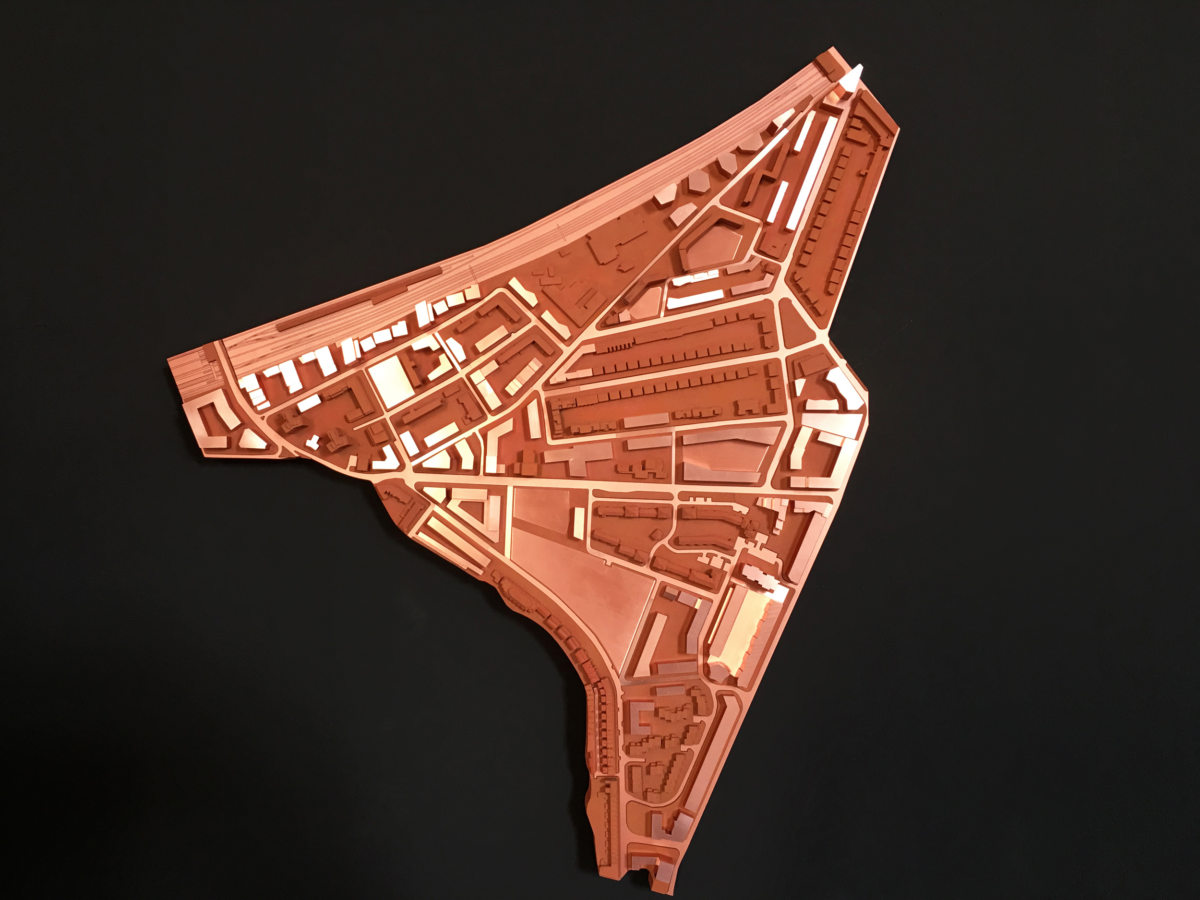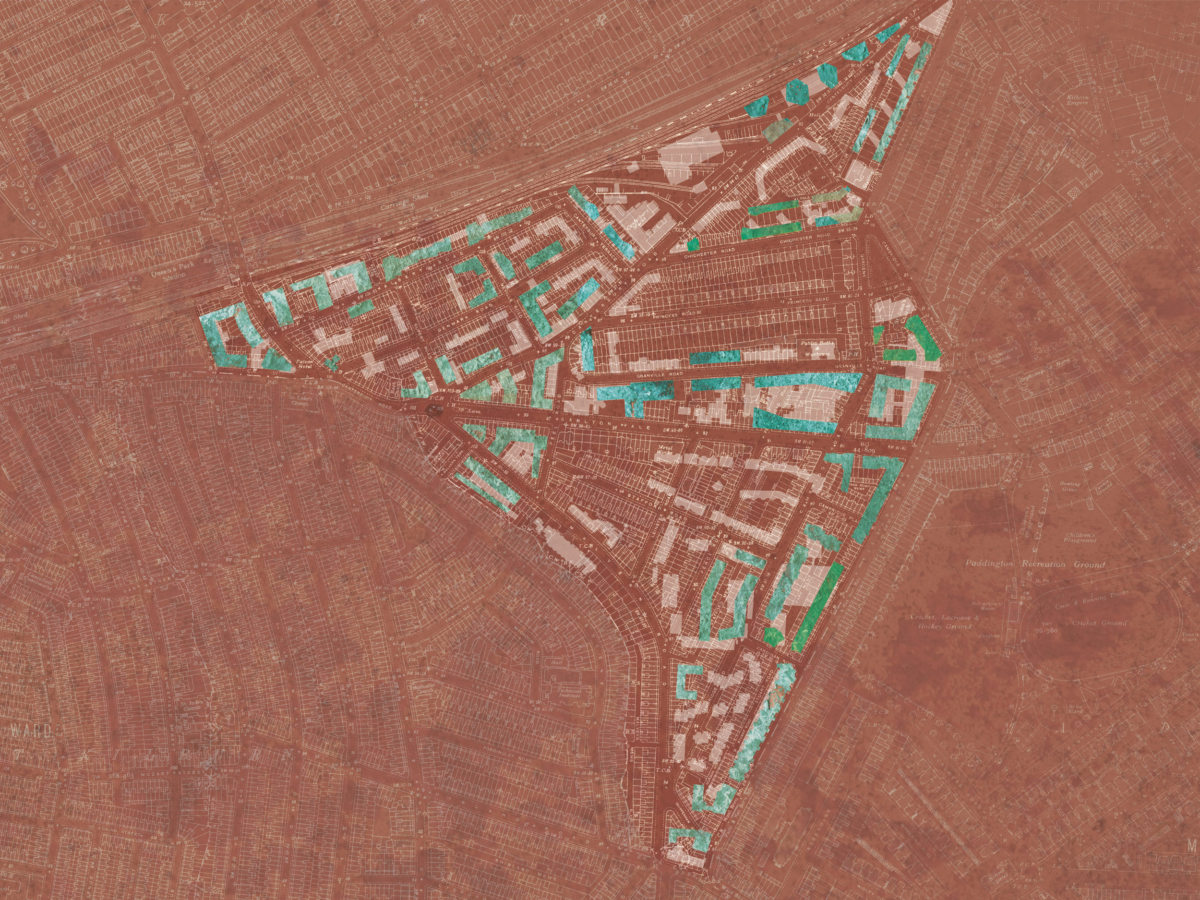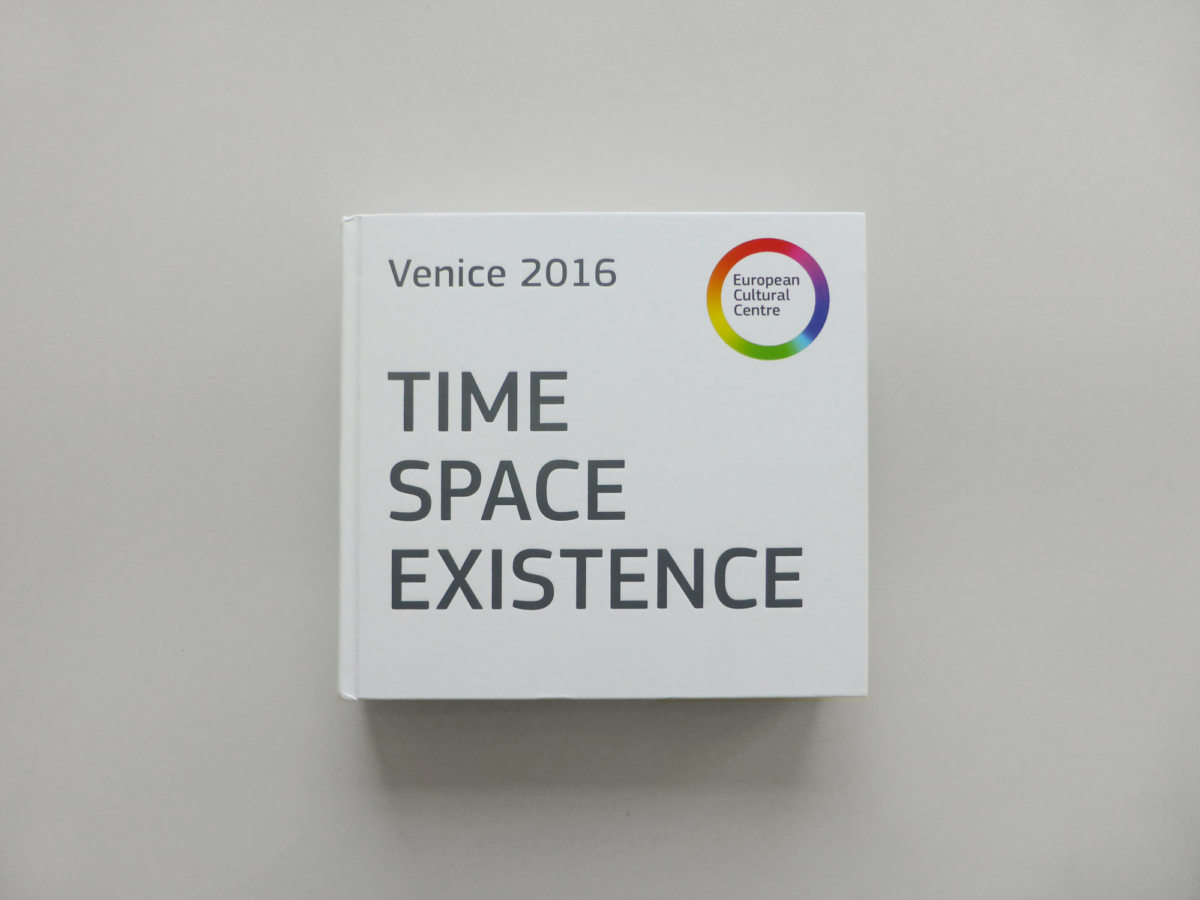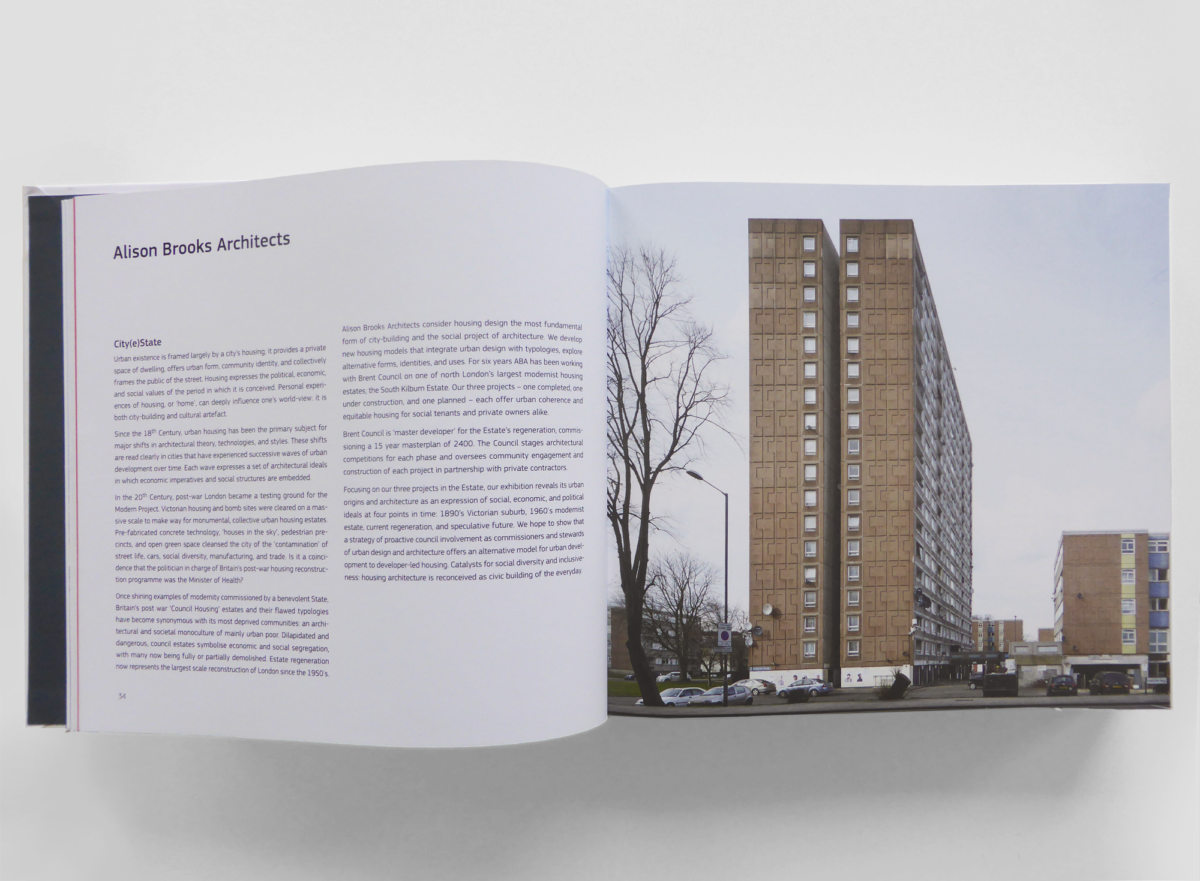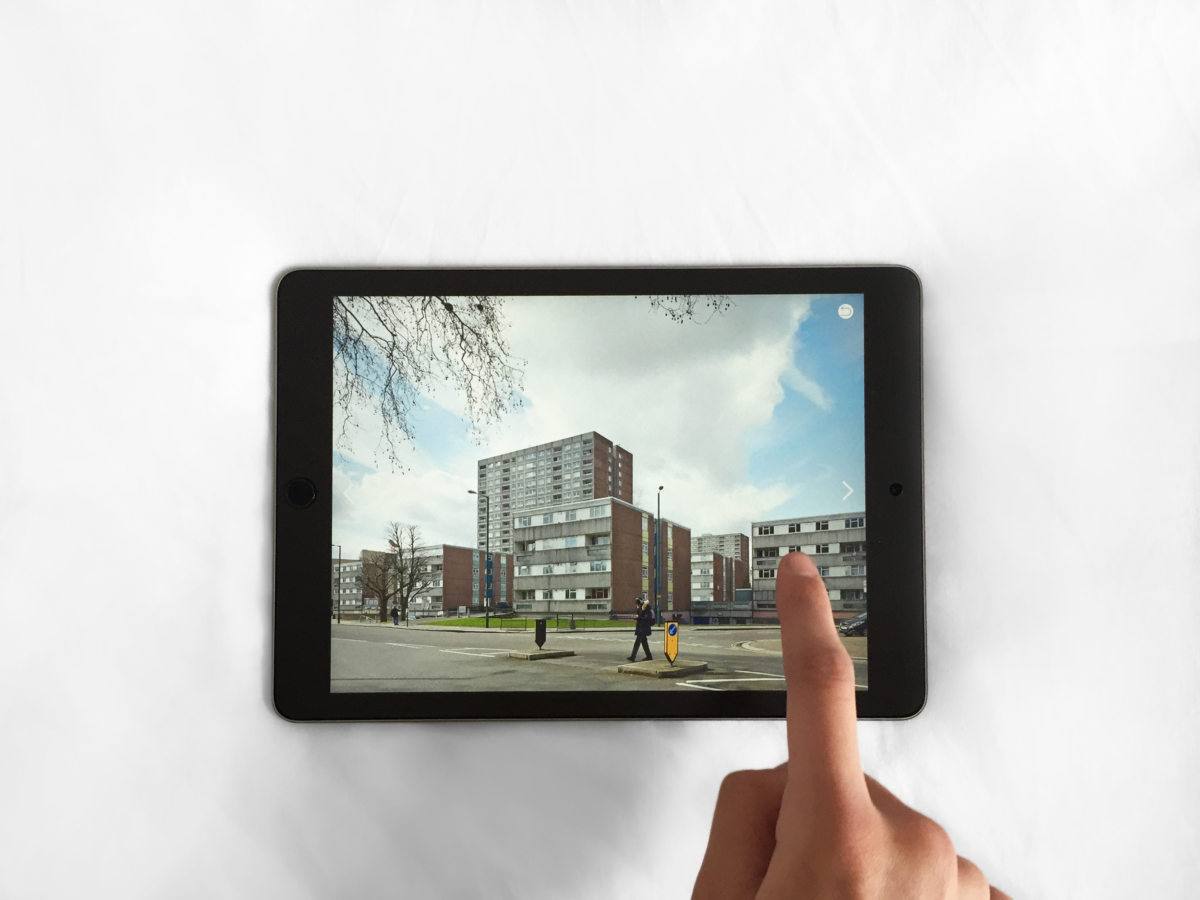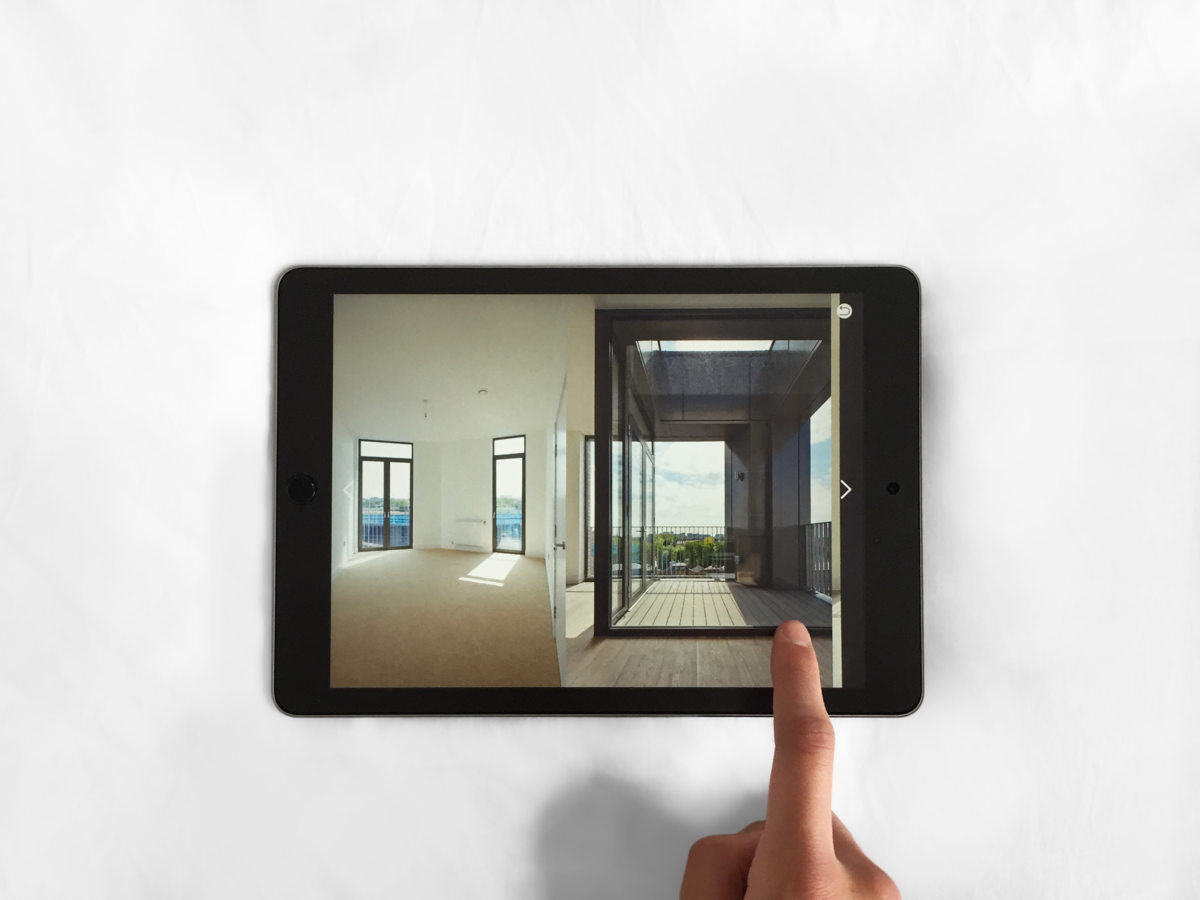City (e) State Venice
At the 15th Biennale di Architettura in Venice, ABA’s exhibit City (e) State at the Global Art Affairs Foundation’s TIME – SPACE – EXISTENCE explores the civic role of housing and the state as urban patron.
Since the 18th Century, urban housing has been a primary subject for major shifts in architectural theory, technologies, and styles. These shifts represent a set of architectural ideals in which economic imperatives and social structures are embedded.
In the 20th Century, post-war London became a testing ground for the Modern Project. Victorian housing and bomb-sites were cleared on a massive scale to make way for monumental urban housing Estates, commissioned and built by the State. Pre-fabricated concrete technology, ‘houses in the sky’, pedestrian precincts and open green space cleansed urban neighbourhoods of street life, cars, social diversity, manufacturing and trade.
Once shining examples of Modernity commissioned by a benevolent State, Britain’s post-war ‘Housing Estates’ now represent its most deprived and excluded communities: an architectural and societal monoculture of urban poor.
In 1991 Britain’s Labour government initiated the ‘New Deal for Communities,’ a nationwide funding programme to help city governments to address the social and physical regeneration of their Estates. Today, estate regeneration, in partnership with private developer/contractors, represents the largest-scale reconstruction of London since the 1950s.
Alison Brooks Architects have been working with the London Borough of Brent one of north London’s largest modernist housing estates; the South Kilburn Estate. Brent Council as ‘master developer’ is leading a 15 year masterplan to re-integrate the community, its architecture and public spaces into the fabric of the city. The Council’s masterplan embeds diversity with a 50/50 mix of social and market housing by a range of architectural practices.
Each completed phase offers lessons for the next. This exhibition aims to reveal the origins and architecture of the South Kilburn Estate as an expression of evolving social and political ideals. We examine four specific urban paradigms: 1890s Victorian suburb, 1960s modernist estate, current regeneration masterplan including three ABA projects, and a speculative, ‘ideal’ future.
South Kilburn’s current regeneration demonstrates a renewed role of the State as patron and steward of urban design; a long-term social and economic model for urban development. Catalysts for social diversity and inclusiveness: housing architecture is reconceived as civic building of the everyday.
